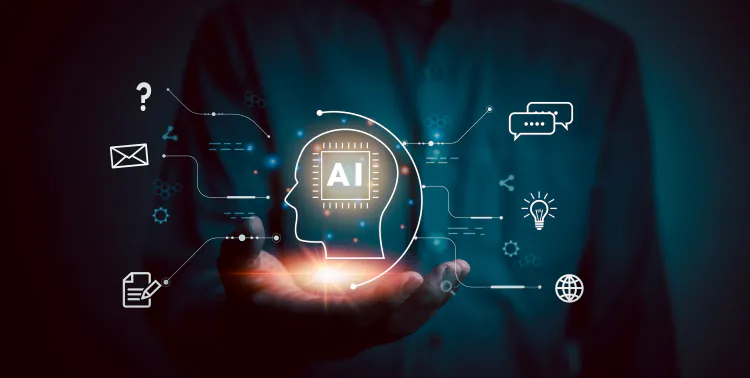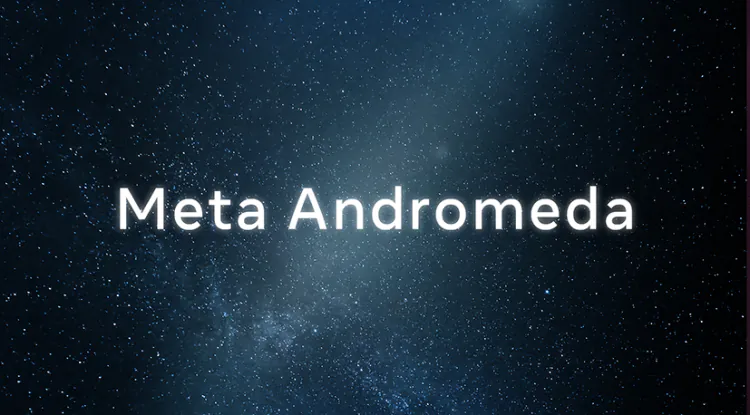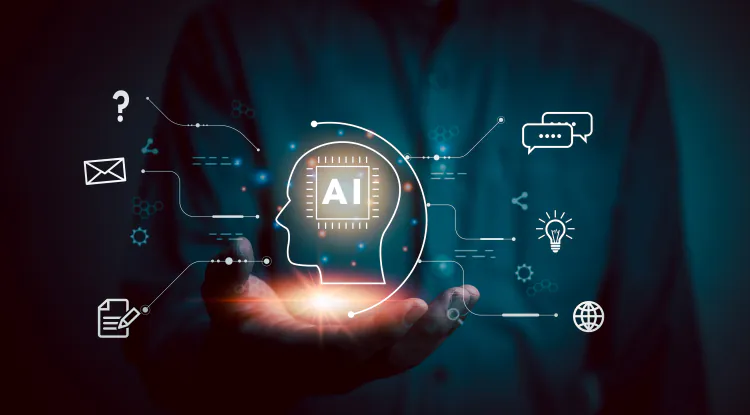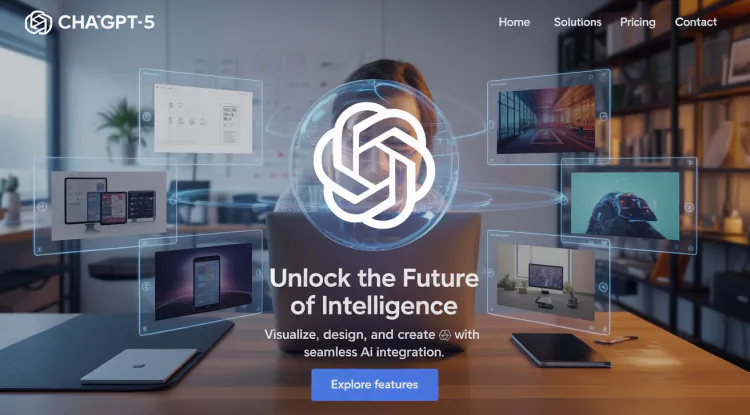90-Day Roadmap to Becoming an AI-Powered Performance Marketer
Artificial Intelligence (AI) is no longer just a buzzword—it is reshaping how performance marketers plan, execute, and scale their campaigns. From campaign research to ad optimization, from reporting to automation, AI can save hours of manual effort while unlocking new creative possibilities.

But here’s the challenge: diving into AI without a clear plan can feel overwhelming. That’s where a 90-day roadmap comes in. By following structured steps over three months, performance marketers can become AI-powered professionals, balancing ROI, efficiency, and human creativity.
In this article, we’ll break down a practical 90-day roadmap that emphasizes ROI-driven decisions, documentation, tool selection, and scalable frameworks. Along the way, we’ll also explore why the human element is critical to AI success and how continuous learning keeps you ahead in a rapidly changing landscape.
Why a 90-Day Roadmap?
Marketing is a fast-moving field. New AI tools appear almost daily, each promising to revolutionize your workflow. Without a structured roadmap, you risk spending more time chasing tools than creating results.
A 90-day plan helps you:
- Focus on ROI, not just shiny tools.
- Document processes for repeatability.
- Create scalable frameworks that work across multiple campaigns and clients.
- Balance paid and free tools to maximize value.
Think of it as building a strong foundation for long-term success rather than chasing short-term hacks.

Phase 1 (Days 1–30): Build AI Fundamentals
The first month is all about understanding AI basics and laying the groundwork for practical use in marketing.
Key Priorities:
- Learn AI Fundamentals
- Understand how large language models (LLMs) like ChatGPT work.
- Familiarize yourself with AI’s strengths (automation, ideation) and weaknesses (attribution gaps, data limitations).
- Take short online courses or follow AI communities to stay updated.
- Document Your Processes
- Create a personal AI Prompt Library.
- Save prompts that generate strong ad copy, audience personas, or campaign ideas.
- This documentation helps you improve results faster and reduces trial-and-error.
- Balance Paid vs Free Tools
- Use open-source tools for experimentation.
- Invest in paid tools where ROI is clear, such as advanced analytics or image-generation platforms.
- Framework Thinking
- Don’t just use AI randomly—build frameworks for persona creation, funnel mapping, and reporting.
- This ensures repeatability across multiple campaigns.
Outcome of Month 1: You’ll have a clear understanding of AI fundamentals, a growing prompt library, and structured workflows to experiment with.

Phase 2 (Days 31–60): Research, Ideation & Campaign Optimization
Once you know the basics, it’s time to use AI for actual campaign research, creative ideation, and optimization.
Key Priorities:
- Audience Persona Development
- Use AI to generate multiple persona drafts in seconds.
- Layer human creativity to refine personas into real, relatable profiles.
- Ad Copy & Creative Ideation
- Let AI produce 20–30 ad variations quickly.
- Filter through AI ideas, keeping the best while adding human nuance.
- This accelerates brainstorming while improving campaign quality.
- AI-Driven Funnel Mapping
- Map audience touchpoints (awareness, consideration, conversion).
- Use AI to suggest keywords, creatives, and CTAs for each stage.
- Predictive Insights & Budget Allocation
- Leverage AI to forecast campaign outcomes using past performance.
- Get predictive analysis for budget allocation across channels.
Outcome of Month 2: You’ll run smarter campaigns with AI-driven audience insights, faster ideation, and optimized funnels.

Phase 3 (Days 61–90): Reporting, Automation & Advanced Scaling
The final phase focuses on scaling your AI usage with automation and reporting systems.
Key Priorities:
- Automated Data Analysis & Reporting
- Use AI to process campaign data and generate reports automatically.
- Build client-facing dashboards that pull real-time data.
- Workflow Automation
- Implement pre-built AI tools for routine tasks:
- Report generation
- Budget tracking
- Keyword analysis
- Advanced AI Applications
- Explore AI video, image, and voice tools for creative campaigns.
- Integrate automation in email sequences, ad rotations, and remarketing workflows.
- Continuous Learning
- Stay updated with AI advancements. Tools evolve weekly—don’t get left behind.
- Join marketing and AI forums, listen to podcasts, and keep refreshing your prompt library.
Outcome of Month 3: You’ll have AI-powered systems for reporting, automation, and campaign scaling, freeing you to focus on strategy and creativity.

The Human Element in AI Marketing
While AI is powerful, it cannot replace human creativity, intuition, and empathy.
- AI gives you ideas, but you decide which resonate with your audience.
- AI can optimize data, but you provide the emotional connection that drives conversions.
- AI works best as a co-pilot—not as the pilot.
The marketers who thrive will be those who blend AI efficiency with human creativity.
Final Thoughts: The Future of AI-Powered Performance Marketing
In just 90 days, you can go from curious beginner to AI-powered performance marketer with the right roadmap.
Here’s the summary of the journey:
- Days 1–30: Learn AI basics, document processes, and create frameworks.
- Days 31–60: Apply AI to research, ideation, and optimization.
- Days 61–90: Scale with automation, reporting, and continuous learning.
By focusing on ROI, documentation, and the balance between paid and free tools, you’ll not only save time but also deliver measurable results for campaigns.
AI is not here to replace marketers—it’s here to empower them. Those who adopt early, learn continuously, and keep the human touch alive will lead the next wave of performance marketing.
What's Your Reaction?




















